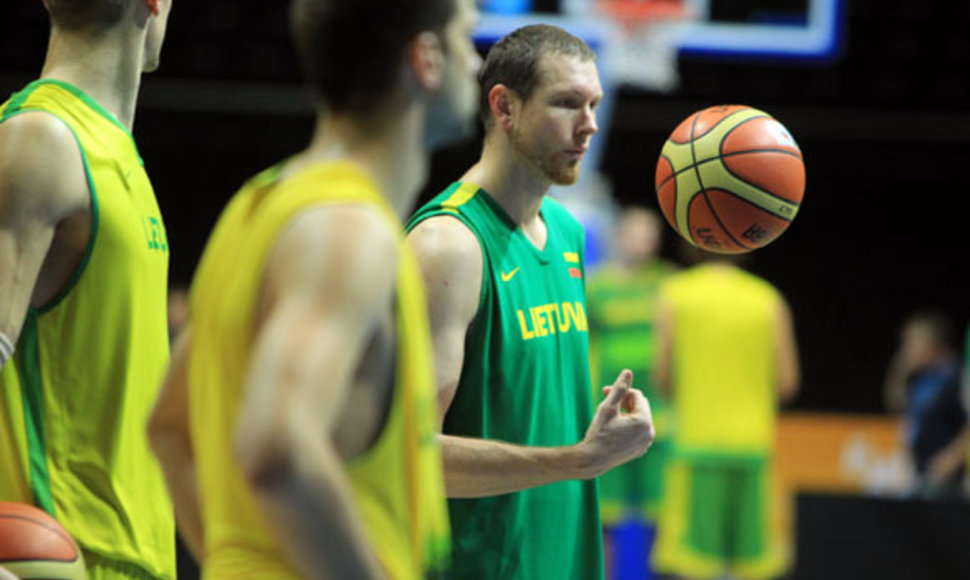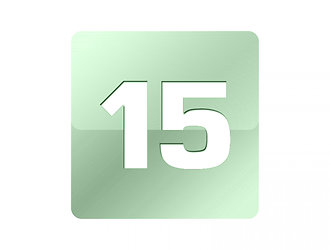This was the beginning of the demise of what was a top national team in the world. Players’ refusal to participate, retirements, injuries and an underachieving new generation – all these aspects contributed to Lithuania’s fall from basketball superpower levels to status as a regional great, capable of reaching a medal stage in the right circumstances.
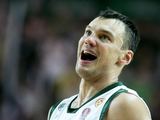 |
| Šarūno Mažeikos/BFL nuotr./Šarūnas Jasikevičius |
Make no mistake: The Lithuanian national team remains impressive and very competitive in almost every tournament in which it plays. It’s just not as impressive as it used to be. Not anymore.
A fact unnoticed by many was that in 2004, though Lithuania was lacking at least a few quality players, the team fell just short of medals due to 18-of-28 three-point shooting by Italy in the semi-final match and Team USA’s loss to Argentina in the other bracket.
Žydrūnas Ilgauskas did not play due to health concerns expressed by the Cleveland Cavaliers. For them, of course it was a big issue. Žydrūnas had been chosen as an NBA All-Star in 2003 (and later in 2005), a feat then still unachieved even by Spanish great Pau Gasol. Ilgauskas could have been a huge boost for Lithuania under the basket: the center position was the weakest point of the 2004 national team.
Combo guard Rimantas Kaukėnas, who averaged 18.8 points, 2.9 rebounds and 1.6 steals in the ULEB Cup, could have been a solid backup shooting guard/sometime point guard (Vidas Ginevičius was no adequate substitute for Šarūnas Jasikevičius) – yet Kaukėnas was not invited to the team due to disagreements with the team’s head coach.
Despite missing Žydrūnas and Kaukėnas, Lithuania still did well because their squad consisted of
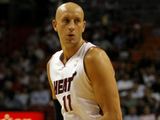 |
| AFP/„Scanpix“ nuotr./Žydrūnas Ilgauskas |
a backcourt from among the Euroleague elite. Jasikevičius, third in the EL in assists in 2003-04, had led Maccabi Elite Tel Aviv to the Euroleague title; his performance in the subsequent Olympics resulted in no less than NBA.com wondering “Could it be that the best point guard in the world doesn’t even play in the NBA?”
Meanwhile, 23-year-old Arvydas Macijauskas was considered as one of best shooters in the world at that time, having averaged 19.5 points in 20 games in the 2003-04 Euroleague season for TAU Ceramica Vitoria (including a 40-point, 50-efficiency rating outburst against Asvel Villeurbanne). Ramūnas Šiškauskas was simultaneously morphing into another Euro star, gaining a starting position with Benetton Treviso after the Olympics. Add to this a bunch of quality players such as Darius Songaila, Eurelijus Žukauskas, Saulius Štombergas, Robertas Javtokas, Mindaugas Žukauskas and Dainius Šalenga and you get a nice team. Without a doubt, with two missing additions, you’d have got a consistent top-four team for international play, easily.
In a total dream world, if you connected that squad to the 2003-04 Euroleague regular season and 40-year-old EL Top 16 MVP Arvydas Sabonis, even if just for 20 minutes per game, you would get a truly scary team: a superpower in terms of basketball.
2012: Lithuania’s lack of talent
But that was 2004. The dream roster never really materialised, and Lithuania never achieved true greatness. Key stars missed the summers of 2005 and 2006, and the team ended up with no achievements. The maturing Spanish national team has taken over since then to net gold in 2006, 2009, and 2011 plus silver in 2007 and 2008, demonstrating an example of excellence that can be achieved by assembling the very best players which dominate European leagues and are prominent in the NBA.
As Lithuania’s former stars faded (Macijauskas and Štombergas retired; Jasikevičius and Šiškauskas stopped producing at the highest level), the new generation fell short of replacing them. Martynas Gecevičius, Simas Jasaitis, Martynas Pocius, Mantas Kalnietis and Jonas Mačiulis all became quality, but average, contributors for their European teams at a level far, far from Macas, Šaras and Šiškauskas in their primes.
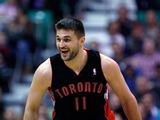 |
| AP/Scanpix nuotr,/Linas Kleiza |
Linas Kleiza, part of Lithuania’s 2010 FIBA World Championship squad, seems to be the only exception. His play for Olympiakos Piraeus was on par with former Lithuanian stars, but is still nowhere near that of Ilgauskas in the NBA. It remains to be seen whether Kleiza will be joined in the future by Jonas Valančiūnas and Donatas Motiejūnas, who, although young, have shown occasional greatness on European courts.
But even with these two reaching full potential, Lithuania can no longer be proud of such a number of excellent basketball players as it has, unless it produces more greats. Taking away of its main players led to a disappointing EuroBasket tournament hosted in 2011 and culminating in a loss to *FYR Macedonia*.
This would have never ever happened back in 2004, even without a few key players.
Lithuania just doesn’t boast that pool of talent anymore…
